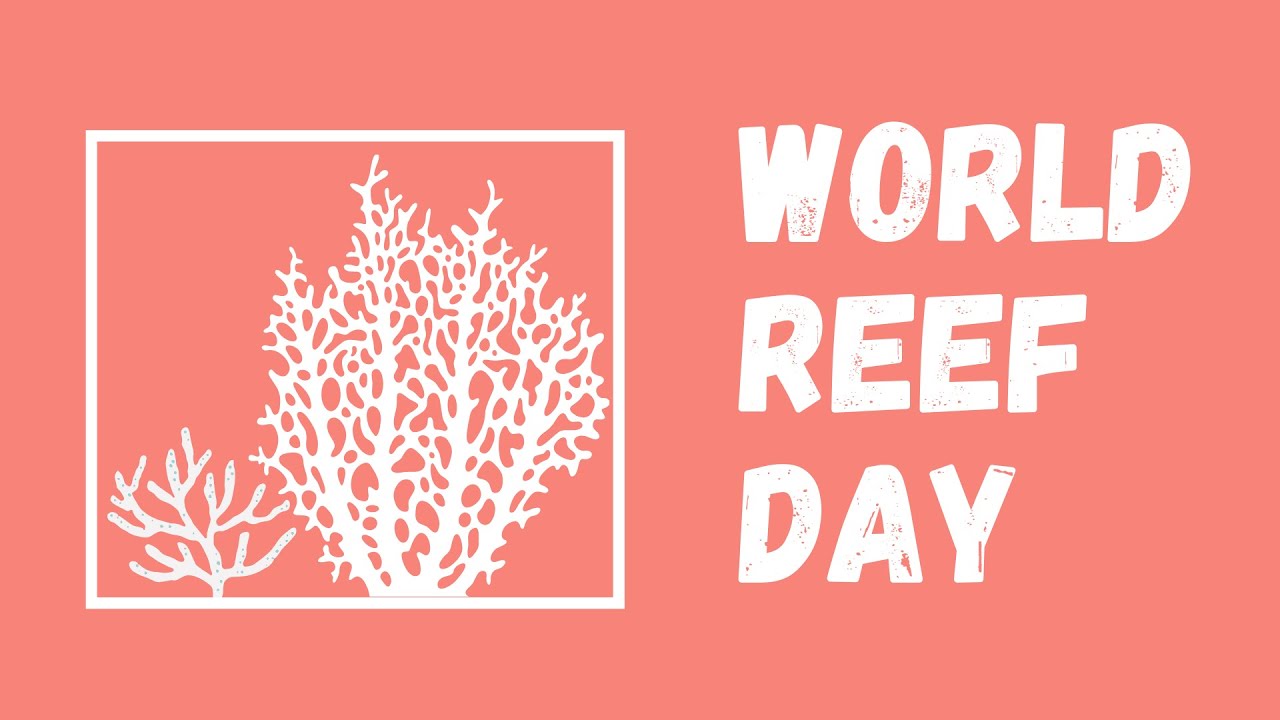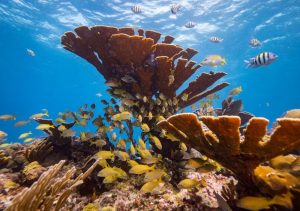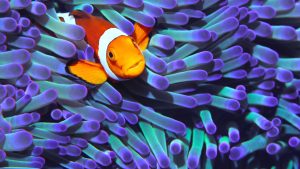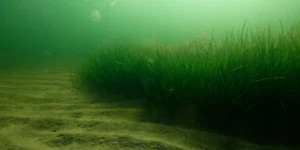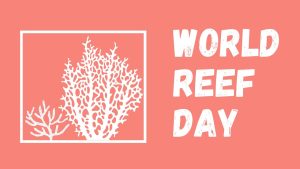World Reef Day is celebrated every year on June 1, and it helps raise public awareness of the fragile biological system of our world's ocean coral reefs. This day brings together a variety of people, including divers, advocates of the aquatic environment and social activists, to come up with a variety of ideas and techniques to protect our ocean reef ecosystems from deterioration.
Table of Contents
Where are the Coral Reefs in Egypt?
There are extensive reefs inside and south of the Gulf of Suez and Aqaba. On the coast of Egypt's Red Sea, as well as in the Gulf of Suez and the Gulf of Aqaba, there are curb reefs stretching from Gubala in the north to Ras Hedarbai on the Sudanese border.
Are there coral reefs in the Mediterranean?
It is true that the Mediterranean, unlike many parts of the world's ocean, has no coral reefs. But it still has a rich and varied underwater life. In fact, 40% Mediterranean species are found only in this region and are not found anywhere else in the world.
Are there coral reefs in the Baltic Sea?
There are no coral reefs in the Baltic Sea. Below the surface of the Baltic Sea grows a long, ribbon-like plant that can grow up to one meter. Common eelgrass or eel (Zostera marina) is a seed of marine origin.
Eels grow in wide meadows on the seabed, one to eight meters deep, along the Baltic coast. In Finland, eels often grow together with other freshwater seeds. This is something unique in the northern hemisphere, where eel meadows usually consist only of eel. Fields with several species are usually found only in the tropics.
Eel meadows are called the coral reefs of the Baltic Sea and are both important and beautiful. The many roles of eelgrass in the marine ecosystem make green meadows very exciting. At first glance, the meadows may seem uninteresting, but if you take a closer look, you will see that there is life in them.
History of reef identification
The oldest corals appeared about 500 million years ago or even earlier. Researchers point out that they originated as simple, solitary organisms and have evolved into the beautiful coral reefs that exist today with time and constant environmental change.
In the Ice Age, about 440 million years ago, sea temperatures dropped exponentially and large numbers of corals began to shrink from the ocean. This is called the Ordovician-Silurian extinction. About 410 million years ago, in the Devonian period, corals began to appear again. At the end of this period, rocky corals, which were a rare form of reefs at the time, began to grow. Then, about 350 million years ago, corals disappeared again due to unstable sea levels.
After 100 million years, the corals reappeared and were destroyed again by the disappearance of Perm-Triassic 250 million years ago, affecting more than 90% marine creatures. Reduced oxygen levels and increased levels of carbon dioxide at sea led to this tragic event of extinction.
After disappearing and appearing a few million years ago, coral reefs finally reappeared 46 million years ago and last disappeared in the Middle Ages. 20 million years later, they finally returned to Australia in the form of the Great Barrier Reef, discovered in 1770 by British explorer Captain James Cook.
Recently, some of the finest reefs have shrunk due to coral extinction, rising ocean temperatures and toxic pollution. In addition, fishing and the use of various care products and increased tourism are also considered threats to the well-being of coral reefs.

